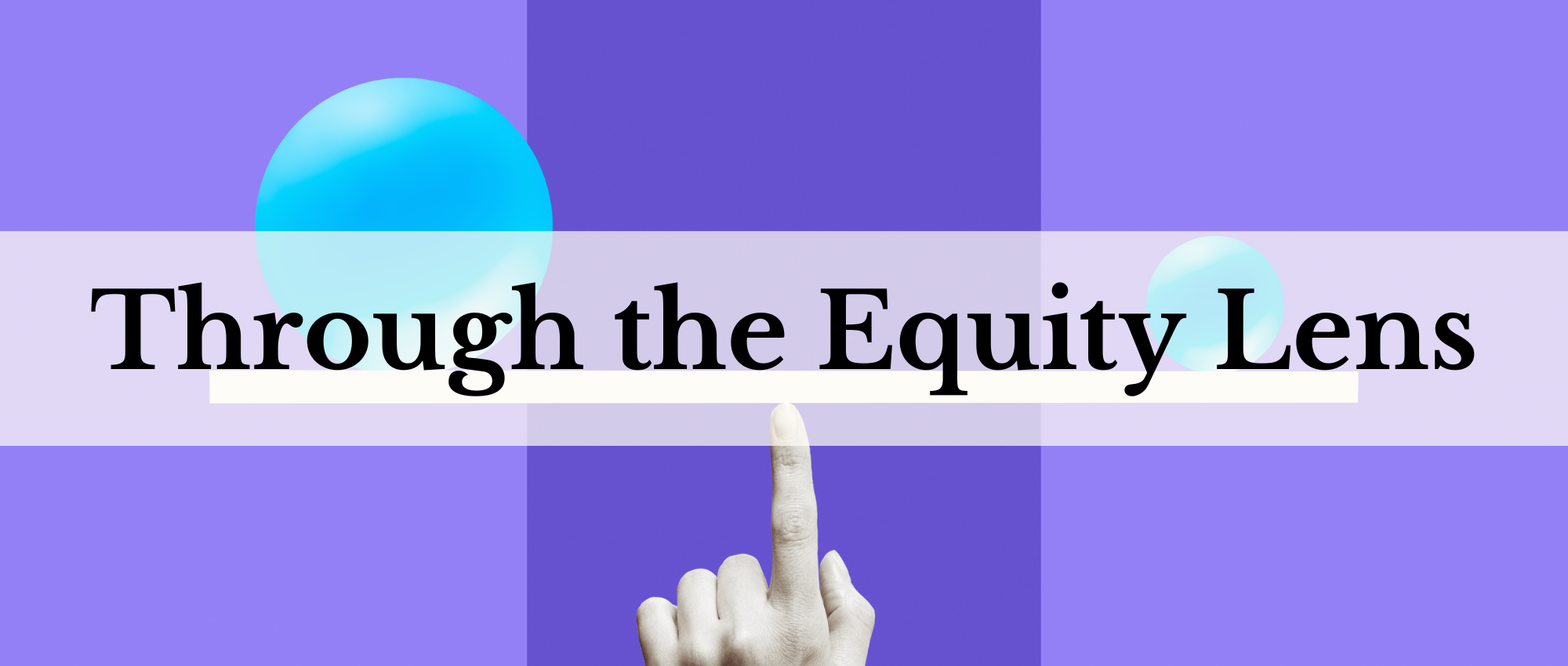Through the Equity Lens
As a purpose-driven brand, your goal is to develop meaningful connections with your employees, external audiences, and stakeholders. And that can only happen when your voice, marketing, and messaging align with your values. One thing we’ve learned is that you can’t do it alone: effective marketing is about bringing those who matter most into the room to shape how you tell your story.
In these next weeks and months, as we continue to wrestle with foundational questions about both health and societal values, audiences will demand more than platitudes; they will want authenticity from the brands they seek to engage with. The question is: where do we go from here? Now that we are in a “new normal,” how can brands and organizations make the creative aspect of their communications feel both authentic and of the moment? How do we go from empty sentiment to real emotional engagement?
Define an inclusive process.
The first – and hardest – step is the most important. You need to realize that you aren’t your audience. That’s why intuitive “common-sense” approaches can lead you astray – because often the people making the decisions don’t reflect the people who will be receiving the message.
That’s why we always start with an inclusive research and discovery process that brings a diverse, representative cross-section of your stakeholders and society into the room and engage them throughout the process.
You might utilize a targeted market research survey, or conduct focus groups, or perform stakeholder interviews – a tactic we use frequently with our clients. Most likely, a truly inclusive process will utilize all three of these efforts.
Yes, this takes time to get right. But it’s a corner you cannot cut, if you want your marketing and brand efforts to be inclusive and representative.
Ask the right questions; and the hard ones.
Often, the best-intentioned marketing efforts fall short because they are tone-deaf – one person’s view of what they think will resonate with another. We’ve all seen ads with teens who sound like 40-year-old white copywriters. Or poorly conceived campaigns that spark social media backlashes.
The best campaigns and brands are built from the ground up asking hard questions that lead to better results.
Some of the questions we consistently try to ask throughout our client projects include:
Who are we actually trying to speak to with our branding or marketing?
This is the first question we ask on almost every client kickoff. Identifying your audience clearly and consistently enables you to ask the right questions and bring the right people together.
Are we playing into stereotypes? Or rising above them?
This could be in images, words, events, or other aspects of your work that marginalize your audience by playing into gender, racial, or cultural stereotypes. What you take as appealing to your audience might actually be diminishing them or reducing them to basic typecast traits.
Are we unintentionally reinforcing values and standards that are hurtful or don’t mean anything to our audience?
We live in a white-male dominant society. But it doesn’t mean that your brand’s voice, brand, or campaign should reflect those values.
——
Defining your inclusivity process is not easy. But more than flashy design or snappy copy, it is the single most important thing to do to keep your brand relevant; reach your audience; and ensure that you are living up to the purpose-driven values that are at the heart of your organization.
SUBSCRIBE
SHARE
